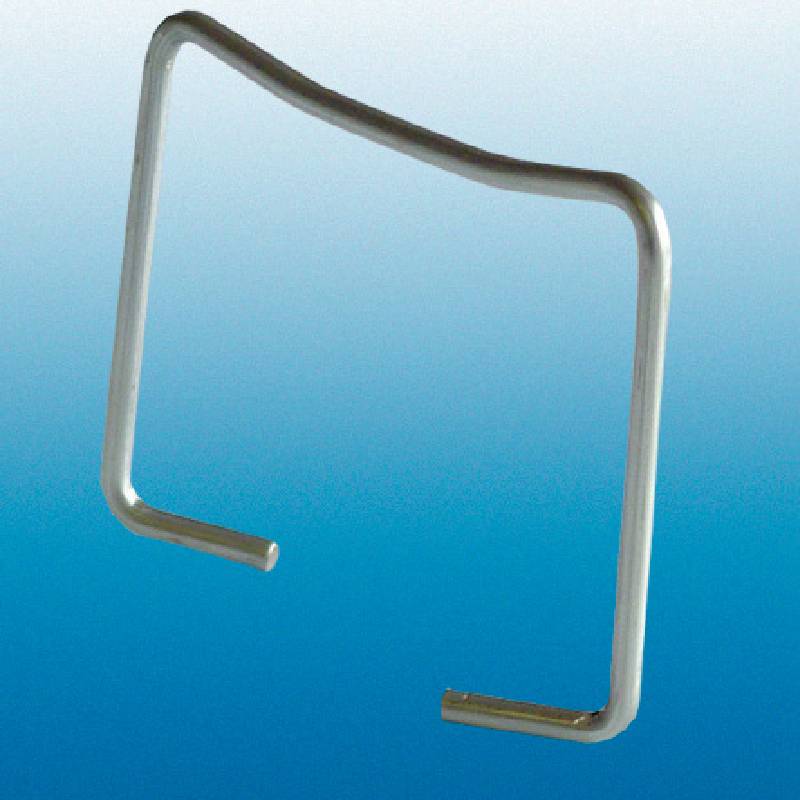
- Mobile Phone
- +8613931874955
- sales@cntcmetal.com
concrete foundation formwork
Understanding Concrete Foundation Formwork
Concrete foundation formwork plays a crucial role in the construction industry, serving as the temporary structure that shapes and supports concrete until it reaches sufficient strength. Effective formwork allows for precision in construction, ensuring that foundations meet design specifications while maintaining the integrity and durability of the concrete.
Understanding Concrete Foundation Formwork
The process of setting up formwork begins with careful planning and design. Engineers and contractors must consider factors such as the load-bearing capacity, the type of soil, and the dimensions of the foundation. Once the design is finalized, the construction team will proceed to assemble the formwork on-site, ensuring it is level, aligned, and securely braced. This stage is critical, as any misalignment can lead to serious structural issues in the future.
concrete foundation formwork

During the pouring of concrete, the formwork must withstand various pressures and weights. This is why proper bracing and support are essential to prevent deformation or collapse. Once the concrete is poured, it is important to monitor its curing process. The formwork typically remains in place for several days to allow the concrete to gain strength before being removed. This period is crucial for achieving the desired compressive strength and durability.
After the formwork is taken down, the foundations are inspected for any signs of defects or imperfections. Any necessary repairs can be made at this stage before moving forward with the construction process. The effectiveness of the formwork not only impacts the quality of the foundation but also influences the overall timeline and costs of a construction project.
In summary, concrete foundation formwork is an essential aspect of construction that ensures foundations are built to last. By understanding the materials, processes, and importance of proper formwork design, builders can deliver more reliable and high-quality structures, laying a strong foundation for the buildings that follow.
share:
-
Your Source for Concrete Wall Ties and Masonry AccessoriesNewsJul.10,2025
-
Unlocking the Power of Iron Wire for Every ProjectNewsJul.10,2025
-
Explore Advanced Chain Wire and Stainless Steel Mesh FencingNewsJul.10,2025
-
Discover the Benefits of Annealed Wire ProductsNewsJul.10,2025
-
Discover China Stainless Steel Wire Mesh SolutionsNewsJul.10,2025
-
Build with Confidence Using High-Performance Masonry AccessoriesNewsJul.10,2025
-
Why Sacrificial Formwork Is Redefining Underground ConstructionNewsJun.06,2025



















